Your cart is currently empty!
Category: Culture
Why are kimonos so expensive?
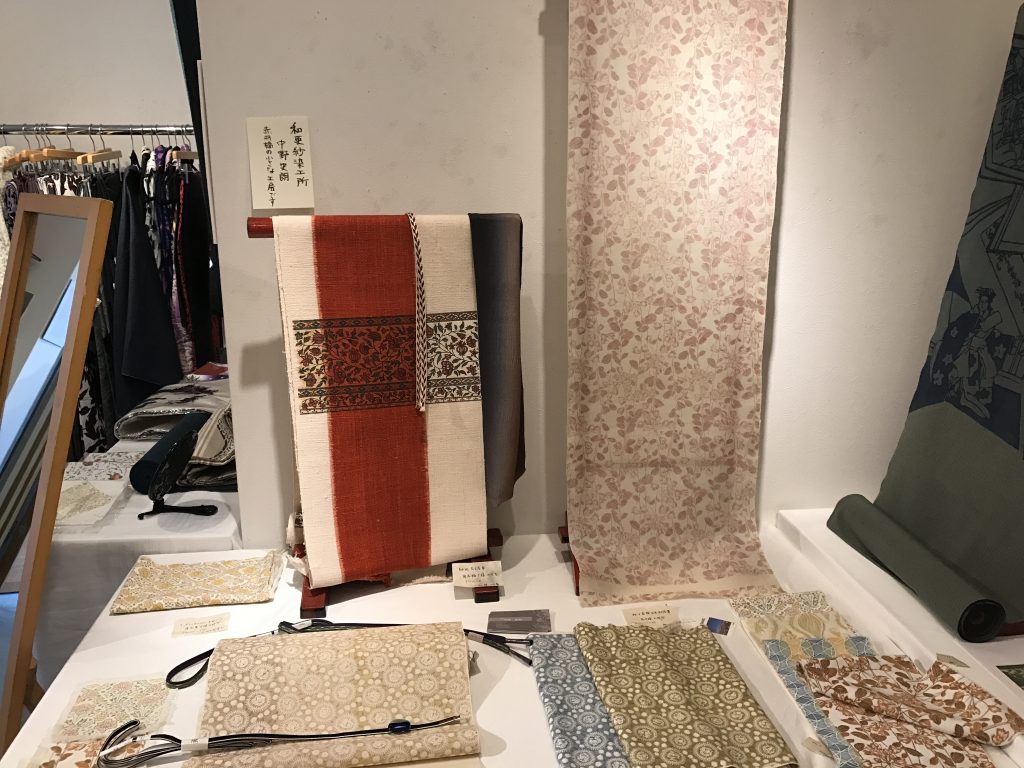
A question I frequently receive is “Why are Kimonos so expensive?” One day I tried to ask my Japanese students the same question in kimono class, and one of the students replied, “Because they are hand-sewn.” At least he thought about the answer, and the answer he gave is not entirely wrong. In most cases… Read more
Tribute to the resistance of the Tohoku Region during the HIBIYA FESTIVAL 2021
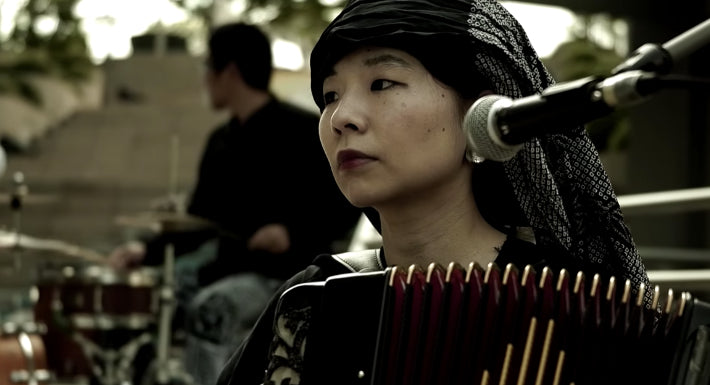
Festivals are a very important part of Japanese culture. They’re a day of celebration for just about every reason you can think of, and because they’re spread out over the year, there’s always one on our “must go” list. Unfortunately, COVID-19 has made it very difficult to hold the festivals, and although we are unable… Read more
Odate Magewappa – Akita Prefectural Crafts
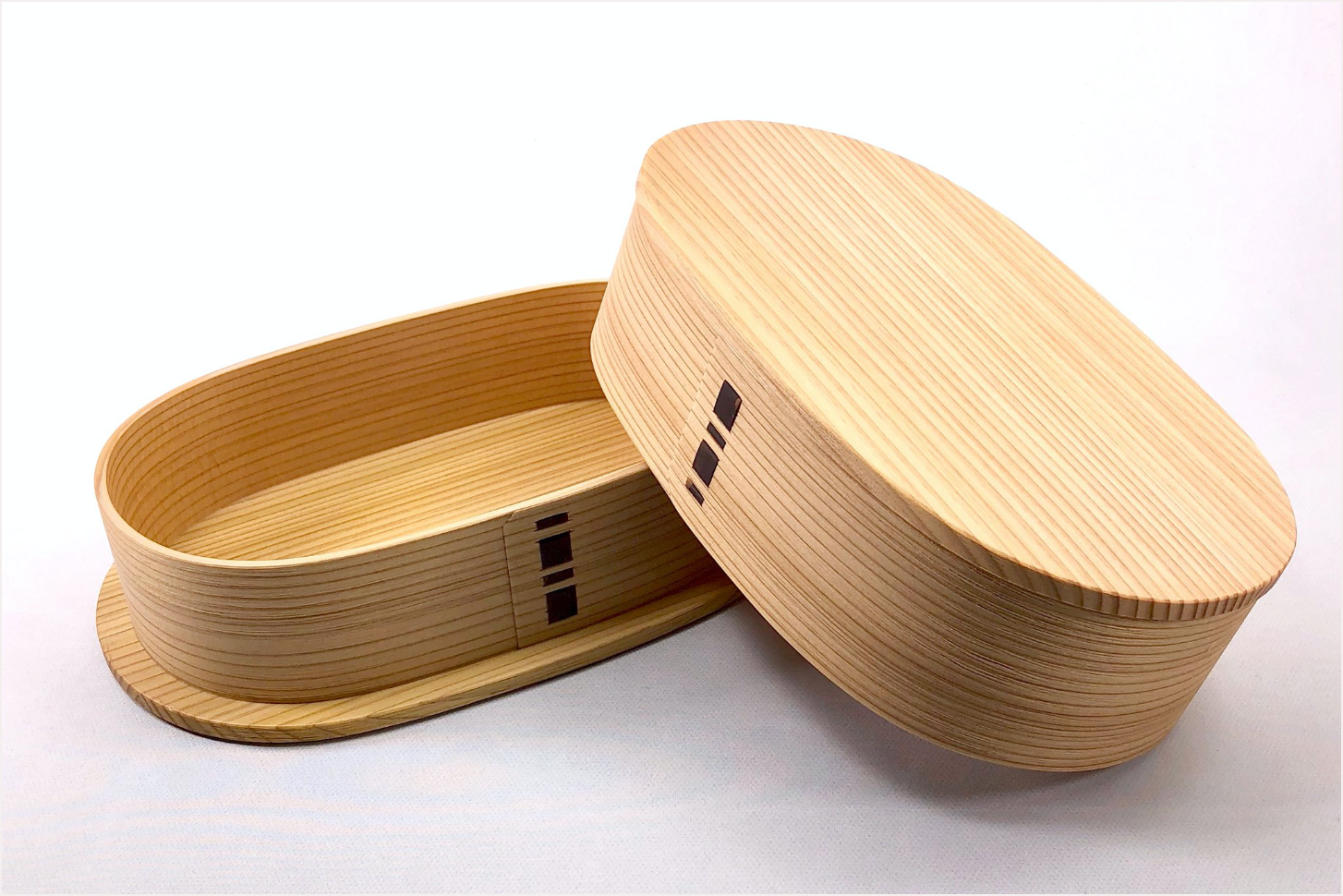
Magewappa (曲げわっぱ) is a traditional woodcraft created in Odate City, Akita Prefecture, Japan. Its history dates back more than 1,300 years when loggers began bending wooden boards to make containers. Akita cedar is used as the main material, especially those over 100 years old, as they have a very beautiful and particular shine. This wood… Read more
What is a Henohenomohe-ji?

Henohenomohe-ji (へのへのもへじ), sometimes just abbreviated heno-ji , is a drawing made up of hiragana characters (へhe,のno,へhe,のno,もmo,へhe,じji) that arranged in a certain way, they make up a face or countenance. The first and second “へ” represent the eyebrows, the two “の” represent the eyes, the “も” represents the nose, the third “へ” represents the mouth, and… Read more
Kamaboko – The Popular Japanese Specialty That Few Mention
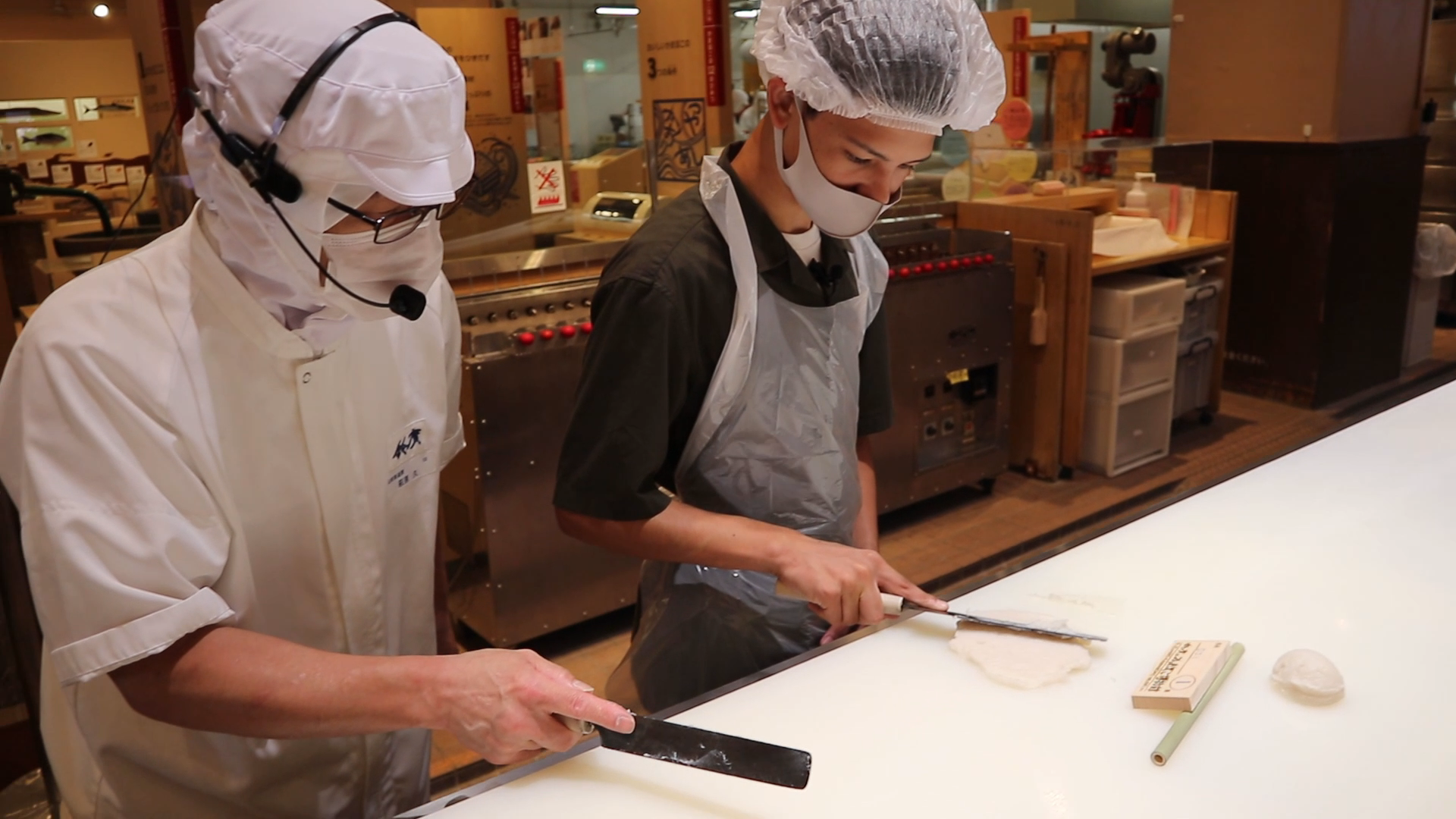
So many times we have seen the kamaboko accompanying super famous dishes from Japan or being part of scenes from movies or anime, and despite everything, it is rarely recognized by name nor is much known about its history, content and flavor. Do you locate that small round or flower-shaped ingredient that has a spiral… Read more
“Aiai-gasa” – The symbol of lovers
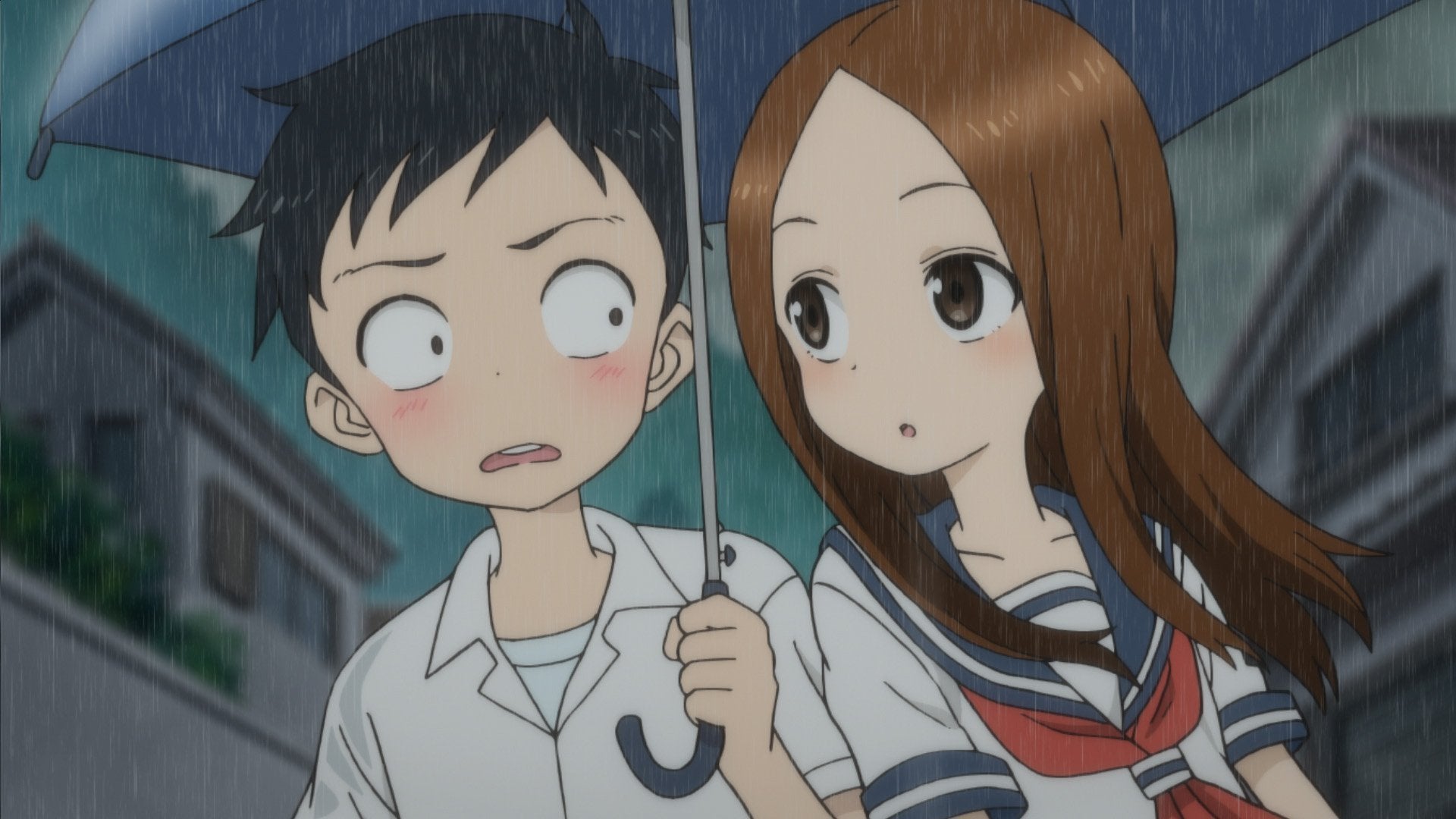
You have probably seen in anime or manga the symbol of “Aiai-gasa” (相合い傘) and it is the Western equivalent of writing a heart with the names of lovers inside it. “Aiai-gasa” comes from the kanji相合い(aiai) which means to do something together and傘(kasa) which means umbrella . What does this mean? Well, let’s explain it! (You… Read more
Securing the Future of Traditional Art and Culture – Art & Culture Studio Kotonoha
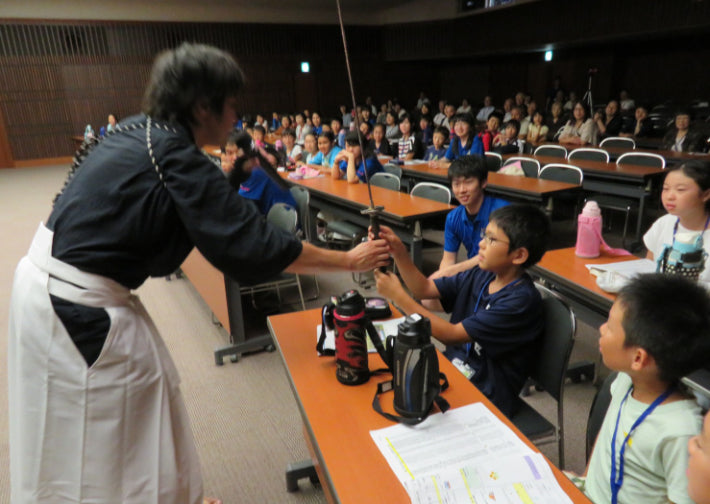
One of the biggest effects on the economy that COVID-19 has caused is the impact it has had on the entertainment industry. More than 70% of industry-related jobs, such as acting and staging, have been lost since 2020, with some artists declaring 50% less entry, and 80% declaring they have no income. no monetary input.… Read more
MIYAGI Traditional Kokeshi Doll

Traditional Kokeshi dolls (こけし) are a craft unique to the Tohoku region. It is said that they were born as souvenirs for children in the hot spring areas of the region at the end of the Edo period (1603 – 1867) Kokeshi dolls would all seem the same at first glance, but if you look… Read more
Benefits of Matcha tea that will make you want to drink it every day
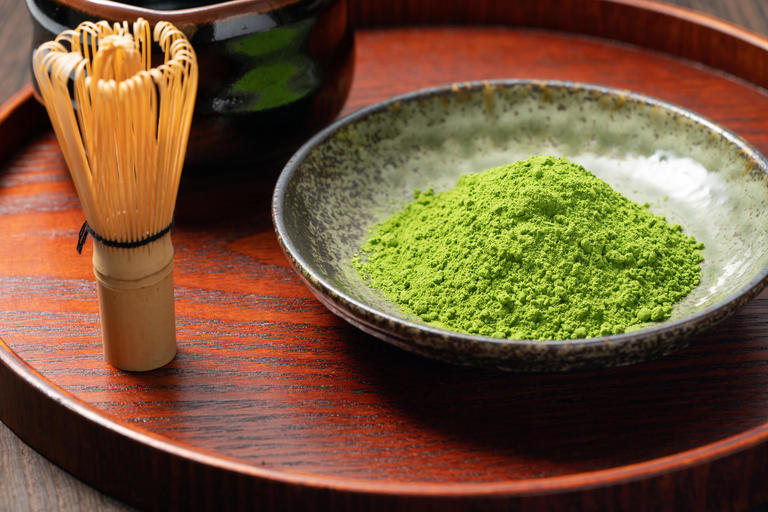
In recent years, matcha has become such a popular drink that you can find it in almost any coffee shop in your country. And unlike most food trends, matcha has maintained its cult status, which means wellness . Matcha is part of the green tea family, but it is a unique member. Unlike traditional forms… Read more
Nibutani-attus fabrics/ Hokkaido traditional crafts
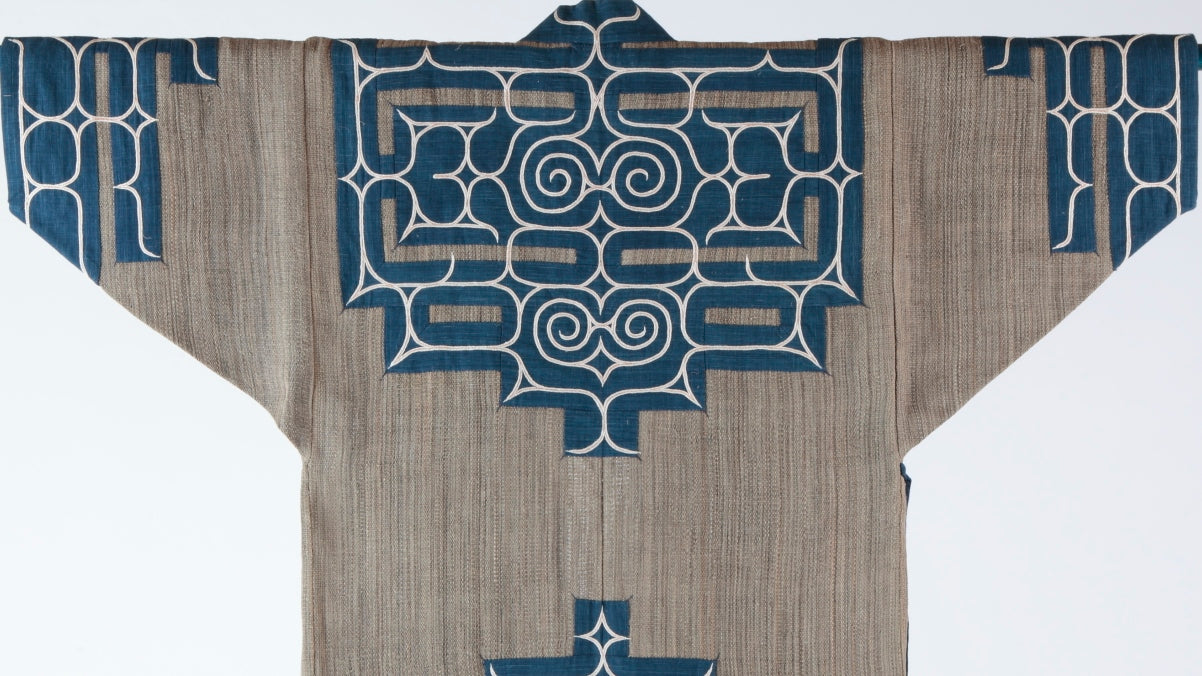
In the valley of the Saru River, in Hokkaido, there is a tradition since the Edo period of creating cloth and textiles based on tree bark, made by the Ainu , a group of indigenous people from Japan who live in Hokkaido, the prefecture most northern. These fabrics are known as Nibutani-attus created from yarn… Read more
